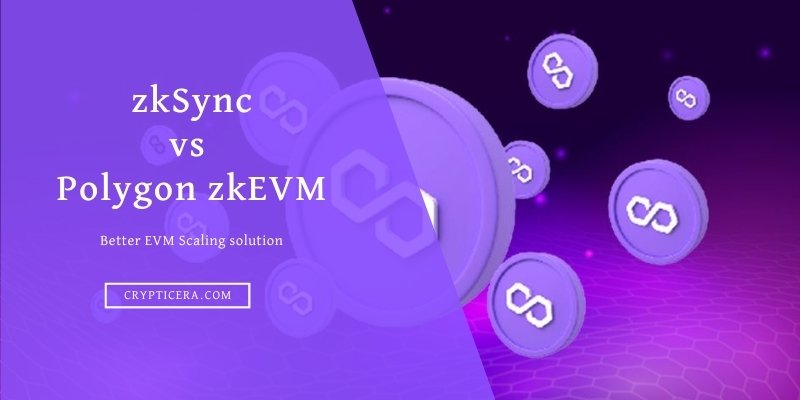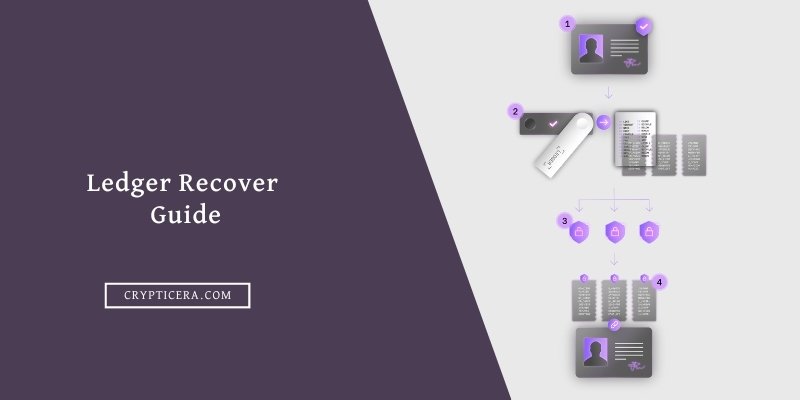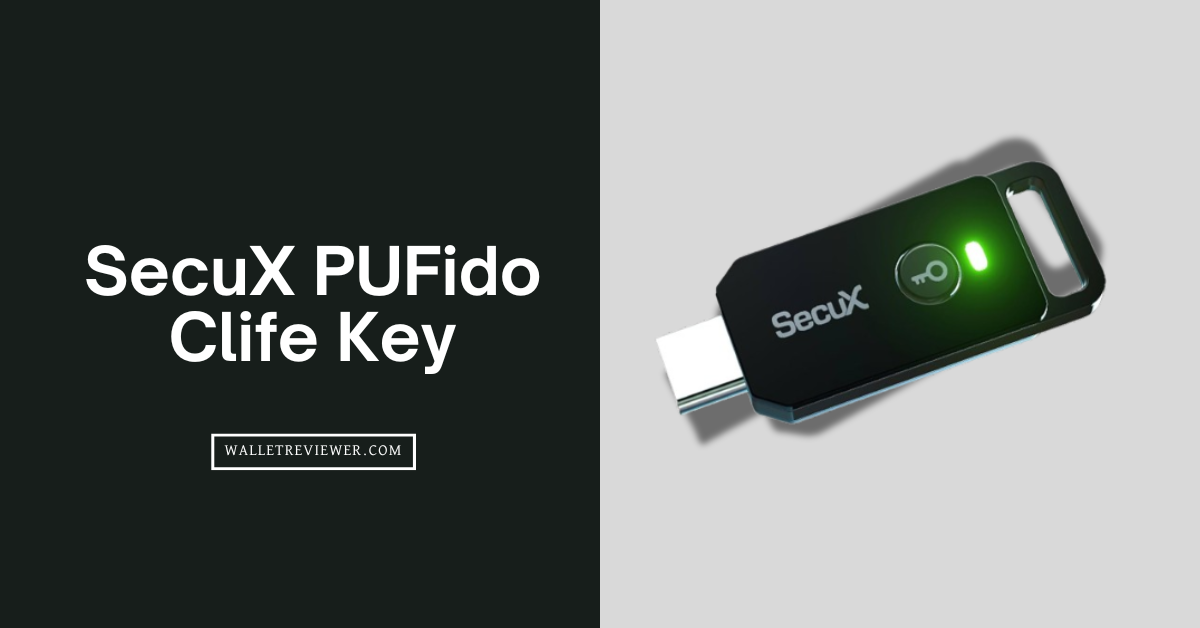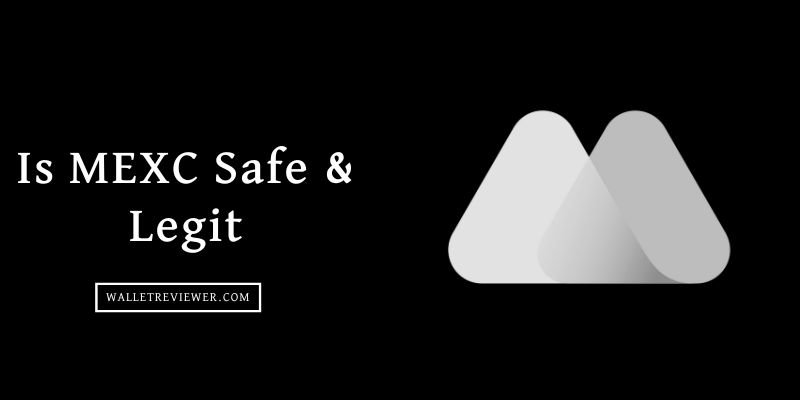As blockchain technology continues to gain widespread adoption, scaling solutions have become increasingly important. ZkSync and Polygon’s zkEVM are two popular scaling solutions that have gained a lot of attention in recent years.
In this article, we will compare and contrast the two Ethereum virtual machine scaling solutions (zkSync vs Polygon zkEVM) to help you determine which one is better for your dapps.
Key Takeaways:
- Polygon and Scroll use bytecode level, while StarkNet and zkSync 2.0 use language level, which may impact developer-friendliness.
- Polygon is currently the dominant layer 2 scaling solution for Ethereum, with more daily active addresses than any other layer 2 at the time of writing, but there may be other successful blockchain projects in the future.
Related: Top 4 zkEVM Projects to Increase Ethereum Scalability
zkSync 2.0 Overview
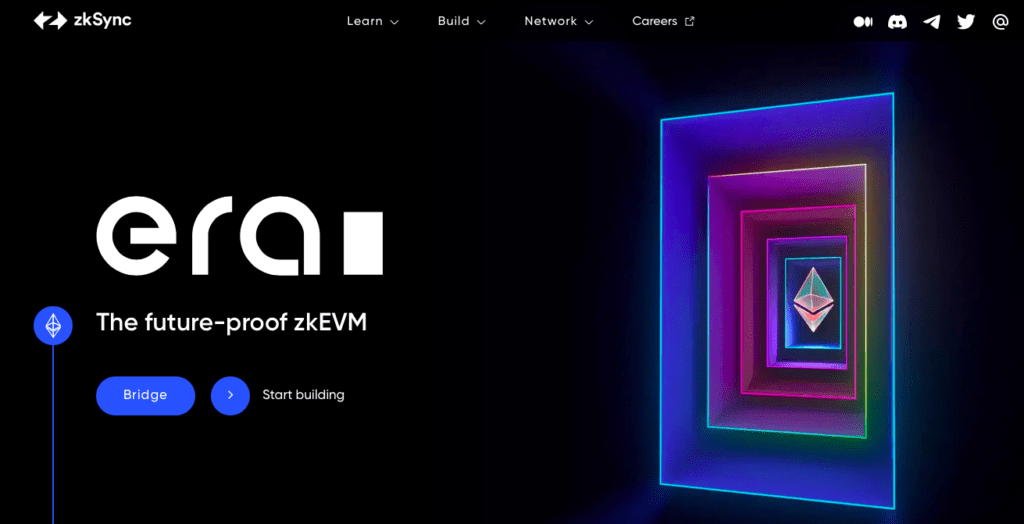
If you’re an Ethereum user, you may have heard of zkSync – a powerful tool designed to revolutionize the Ethereum ecosystem. With its advanced features and functionalities, zkSync enhances Ethereum’s scaling and privacy capabilities, making it a must-have for any serious user.
So, what exactly is zkSync? Well, in simple terms, it’s a feature-rich tool that allows for low gas transfers of both ETH and ERC20 tokens within the Ethereum network. But that’s not all – zkSync also supports native L2 NFTs, atomic swaps, and limit orders.
One of the key features of zkSync is its use of the ZK Rollup architecture. This L2 scaling solution leverages a smart contract on the mainchain to hold all funds while performing computation and storage off-chain. Each Rollup block generates a state transition zero-knowledge proof (SNARK), which the mainchain contract verifies to validate the authenticity of each transaction within the block.
Check this out: STARKs vs SNARKs
This design offers several advantages over other scaling solutions, such as Sidechains or Plasma.
- Rollup validators can never tamper with the state or embezzle funds.
- In addition, users can always retrieve their funds from the Rollup, even if validators cease cooperation. This is because the data is readily available, unlike in Plasma.
Perhaps the most significant advantage of zkSync, however, is the fact that-
- validity proofs eliminate the need for users or any other trusted parties to be online to monitor Rollup blocks to prevent fraud.
This is a requirement for payment channels or Optimistic Rollups, which can be a hassle for many users. (Read: zk-Rollups vs Optimistic Rollups)
The decision to make zkSync 2.0 EVM-compatible, instead of EVM-equivalent, was intentional. This decision was made by Matter Labs with the aim of providing a superior developer and user experience, with the ability to incorporate custom features.
Alex Gluchowski, Co-founders of zkSync
We will discuss more about this in our EVM Part.
Polygon zkEVM Overview
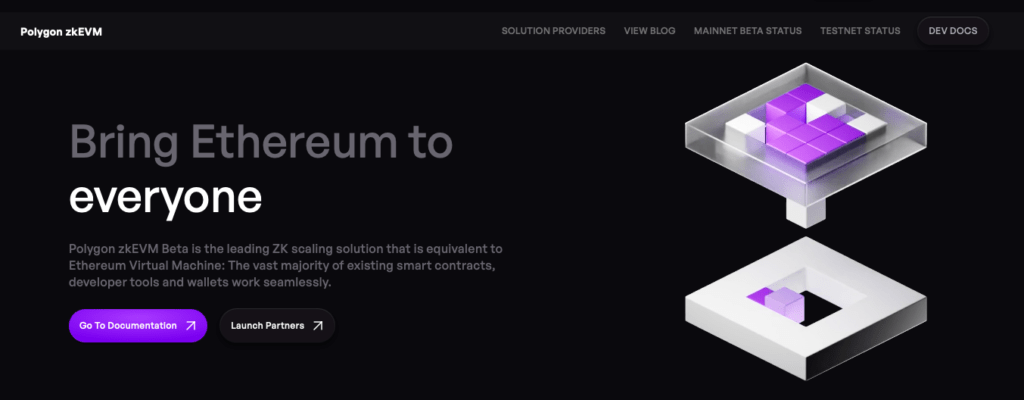
Polygon zkEVM (or Hermez Network) is a layer 2 scaling solution for the Polygon network, formerly known as Matic, that utilizes the power of zero-knowledge proofs (zk-proofs) to offer improved privacy and scalability benefits to Ethereum Virtual Machine (EVM) based smart contracts.
So, how does it work? It creates a parallel chain to the main Polygon network, where transactions can be processed much more efficiently using zk-proofs. This cutting-edge technology allows transactions to be validated without exposing any sensitive information, which results in faster and more secure transactions.
But wait, there’s more! By using Polygon zkEVM, you can enjoy a wide range of benefits, such as faster transaction processing times, lower fees, improved privacy, and greater scalability for Ethereum-based dApps. The icing on the cake? Developers can use the same tooling and programming languages they already know to create and deploy their smart contracts on Polygon zkEVM.
And that’s not all! It also supports interoperability with other Ethereum-compatible chains and is perfect for a variety of use cases, including decentralized finance (DeFi), non-fungible tokens (NFTs), and gaming.
Related: Polygon zkEVM: Deep Dive
zkSync vs Polygon zkEVM: Major Differences
In the realm of blockchain technology, the competition is fierce, with numerous projects vying for dominance in the market. One such area of the competition is the launch of a Zero-Knowledge Ethereum Virtual Machine (zkEVM), with several players in the field.
Keep your eyes peeled for the upcoming launch from ZkSync, Polygon’s zkEVM released on March 27th, and Scroll’s recent debut on the testnet.
While these projects may seem similar at first glance, there is one key difference that sets zkSync apart from the rest. While Polygon’s zkEVM and Scroll are bytecode compatible, zkSync is not.
- Bytecode compatibility refers to the ability of the Ethereum application’s core code to be easily transposed onto Layer 2 networks with minimal modifications.
However, zkSync operates a little differently, requiring projects to be compiled using its LLVM-based compiler before they can be used on its network. This approach creates a slight divide between zkSync and Polygon zkEVM.
Which offers better TPS, zkSync or Polygon zkEVM?
zkSync 2.0 has announced a remarkable increase in throughput, claiming to handle over 100,000 TPS, through the combination of zk-rollup technology and Ethereum 2.0 data sharding. In contrast, Polygon zkEVM exhibits a lower throughput of 2,000 TPS.
Both solutions aim to be developer-friendly, facilitating the porting of Ethereum dApps with ease. However, zkSync 2.0 is faced with potential compatibility issues with common Ethereum developer tools, while Polygon zkEVM is an open-source project, which incorporates Hermez Network and is rebranded to Polygon zkEVM, underlining the Polygon team’s commitment to scaling solutions.
It is important to acknowledge that despite zkSync 2.0’s higher throughput, there may be certain challenges. The potential compatibility issues with Ethereum developer tools could impede developers looking to adopt zkSync 2.0 for their projects.
On the other hand, the fact that Polygon zkEVM is open-source and integrates with other scaling solutions makes it an appealing option for developers seeking to scale their Ethereum dApps.
You Must Read: Top zk-Rollup Projects
What is a zkEVM?
A zkEVM, or Zero-Knowledge Ethereum Virtual Machine, is a technology that combines two powerful concepts: the Ethereum Virtual Machine (EVM) and zero-knowledge proofs (zk-SNARKs). The zkEVM is designed to allow developers to create decentralized applications with enhanced privacy and security features on the Ethereum blockchain.
- Zero-knowledge proofs (zk-SNARKs) are cryptographic tool that allows one party to prove to another that a statement is true without revealing any additional information beyond the statement’s truth.
In the context of the zkEVM, zk-SNARKs are used to enable private and secure transactions on the Ethereum blockchain.
In addition to privacy, the zkEVM also provides improved security. By using zk-SNARKs to verify transaction accuracy, the risk of fraudulent activity is greatly reduced.
What are Rollups?
Rollups are a scaling solution for blockchain networks that allow for more efficient and cost-effective processing of transactions. They work by bundling multiple transactions into a single batch and then submitting that batch to the blockchain as a single transaction.
This reduces the overall number of transactions needed to be processed on the blockchain, thereby increasing its throughput capacity.
Why zk-Rollups?
zkRollup is a specific type of Rollup that uses zero-knowledge proofs (zk-proofs) to ensure the validity of the bundled transactions without the need for all the data to be processed on the main blockchain.
- This makes zkRollup more efficient and cost-effective compared to other Rollup solutions, as it greatly reduces the computational and storage requirements on the main blockchain.
- Furthermore, zkRollup also provides enhanced privacy and security features, as the zk-proofs allow for the verification of transaction validity without revealing any sensitive information about the transactions themselves.
This can greatly benefit use cases such as decentralized finance (DeFi) and non-fungible tokens (NFTs), where privacy and security are critical.
Understanding Ethereum Virtual Machine [EVM]
The Ethereum Virtual Machine (EVM) is a runtime environment that executes smart contracts on the Ethereum blockchain. It provides a standardized platform for developers to write and deploy decentralized applications (dApps).
- EVM-compatibility = Solidity/Vyper-level compatibility
- EVM-equivalence = EVM bytecode-level compatibility
- zkEVM = EVM specification-level compatibility
EVM compatibility refers to the ability of a blockchain to support smart contracts written in the same programming languages as Ethereum, namely Solidity and Vyper. This means that developers can write smart contracts in Solidity or Vyper and deploy them on any EVM-compatible blockchain.
The bytecode generated by a Solidity or Vyper compiler on one EVM-compatible blockchain can be executed on another EVM-compatible blockchain without any differences in the outcomes.
Final Thoughts: Which is better?
In summary, with over 400,000 daily active addresses, Polygon PoS currently leads the pack in layer 2 scaling solutions and has the potential to convert these users into Polygon zkEVM users.
zkSync 2.0 may provide better transaction speed, but It would take a revolutionary product that is 5-10 times better than Polygon to dethrone its position as the leading scaling solution for Ethereum.
